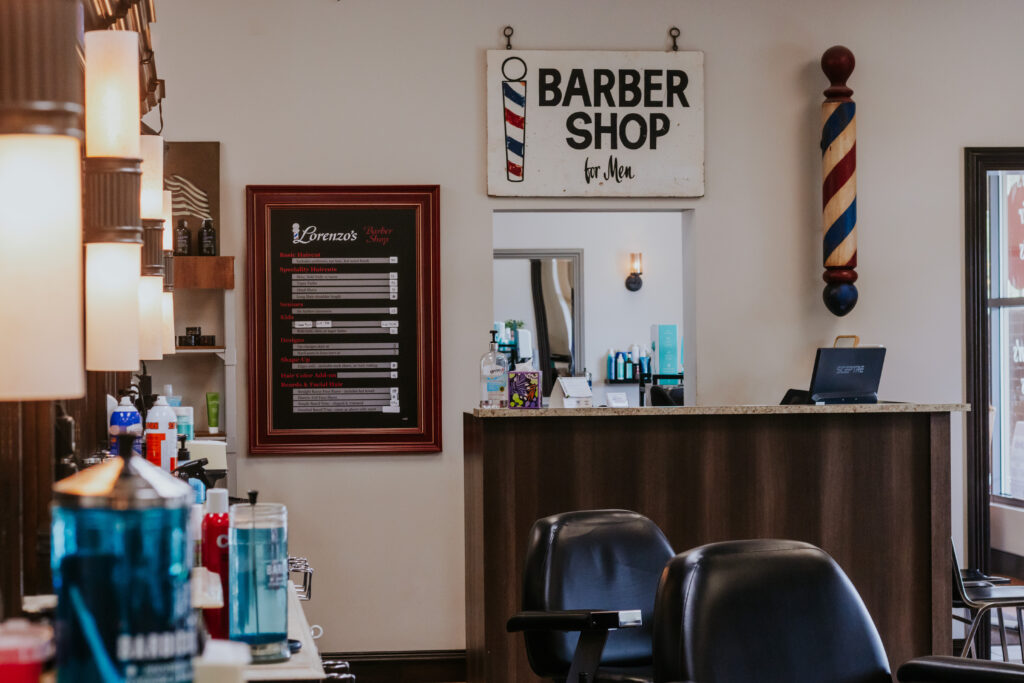Barbers as Cultural Stewards Shaping Community Character and Connection in New York City
Barbers as Cultural Stewards Shaping Community Character and Connection in New York City
Blog Article
Barbershops in NYC are more than just places to get a trim; they serve as important cultural centers that help shape neighborhood identity and nurture relationships among locals. These businesses have a long history in urban settings, serving as meeting spots where individuals from varied backgrounds come together. In many neighborhoods, barbershops are often the first place where individuals can engage in conversations about community issues, exchange stories, and build relationships. This unique role makes barbers not only skilled professionals but also cultural curators who add to the community fabric of their neighborhoods.
The environment in a barbershop is often vibrant and inviting, creating a space where people feel at ease sharing themselves. Barbers are known for their skill to engage with clients, often engaging in discussions that span from sports to politics. This interaction helps to create a feeling of belonging among clients, as they share their experiences and perspectives. In many cases, barbershops reflect the ethnic diversity of the areas they serve, displaying different hairstyles, grooming techniques, and even sounds that connect with the local population. This cultural exchange enriches the interaction for everyone involved and strengthens community ties.
Barbershops also play a significant role in maintaining cultural heritage. Many barbers have been educated in specific techniques that are transmitted through ages, guaranteeing that unique looks and methods are not forgotten over time. For instance, certain haircuts and grooming methods may be tied to cultural heritage, allowing clients to express their identity through their look. By maintaining these traditions, barbershops help to preserve cultural stories alive, providing a feeling of pride and connection for local members.
In addition to their cultural significance, barbershops often engage in community outreach and support local initiatives. Many barbers take an proactive role in tackling social issues, such as learning and health education, by hosting events or offering resources to their patrons. This involvement demonstrates a dedication to the health of the community and fosters a sense of responsibility among barbers. By using their influence to encourage positive development, barbershops become vital players in the local area, further solidifying their role as cultural curators.
In conclusion, barbershops in NYC serve as crucial spaces for cultural exchange, community building, and identity creation. They provide a distinct environment where people can bond, exchange, and celebrate their diverse backgrounds. As community curators, barbers not only influence the way clients show themselves but also affect the broader social dynamics. By recognizing the importance of these establishments, we can appreciate the essential role they have address in building connections and maintaining cultural heritage in urban settings.